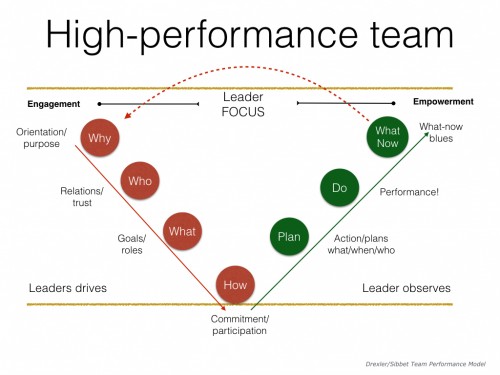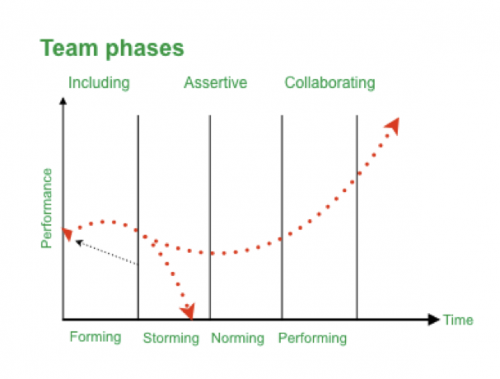
Check out Google trends, the interest in customer service and customer experience is steadily rising year by year and has been for the past 5 years.
Why?
Because we live in an age of abundance – this is one of my key points when I give live presentations. By abundance I mean that there is too much of everything. There are more hotel rooms, restaurant seats, cars for hire or consultants etc. than the market actually needs. So we are all trying to survive in a hyper-competitive environment.
In a hyper-competitive environment, it is not enough to try and compete on product specifications. Because within a given price bracket, the specifications for most product are more or less identical. So in order to differentiate, we need to look at the experience and that typically means that we add some service components.
On top of that, we are rapidly moving away from products and into services (Just think cars, in a few years when cars become self driving, they will no longer be products but we will see them as a service). So society is moving to service dominant logic. And when products are turned into services, the focus shifts, it is not about the product spec but the customer need.
If we want to compete on experience and service, we need to focus on the interaction between the frontline staff and the guest/customer – what we also call the touch points. That is the critical interface – that interaction can lift what is otherwise just a bland run of the mill experience into a memorable experience. And when that happens, we create loyalty. High customer loyalty is the key profits a growth.
So some companies launch major initiatives around creating loyalty. They see that as their main objective.
But that is only because they are not paying attention to the principles of the Service Profit Chain – in a sense they have got the wrong end of the stick.
There is no shortcut to the profits and growth. You need to take the long haul and that starts with creating an inspiring and engaging workplace, and that is what the concept of the Service Profit Chain can help you do – and that is why understanding this key framework is the best way to survive in a hyper competitive environment.
Check our my course The Service Profit Chain explained!
_________________________________________________
This blog post is part of a series of answers to frequent questions that I get around the concept of the Service Profit Chain. In future post, we will continue to explore other key points. If you would like the full concept served up in one go, you will find Mike’s book “Best! No need to be cheap if…” HERE.










